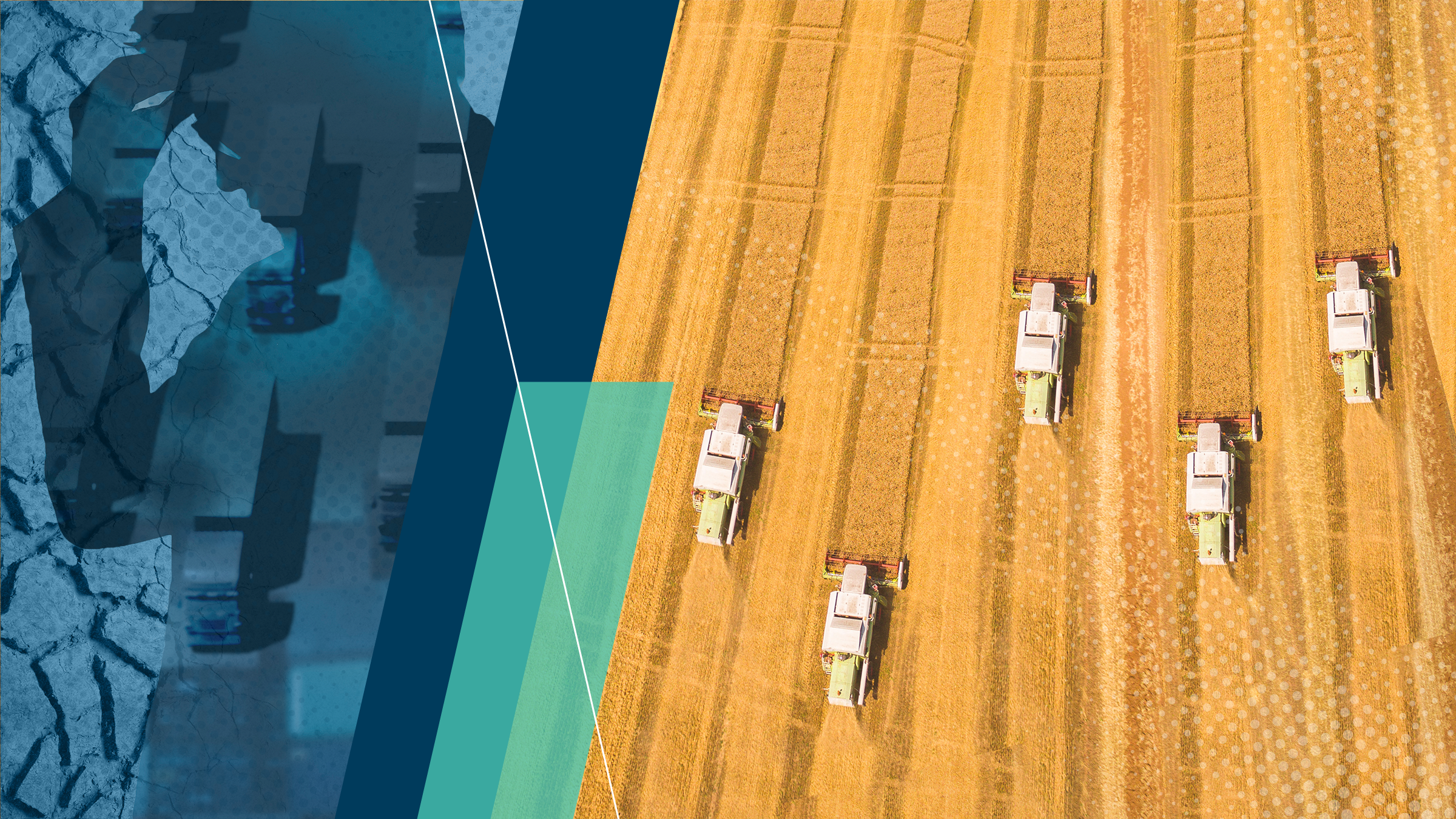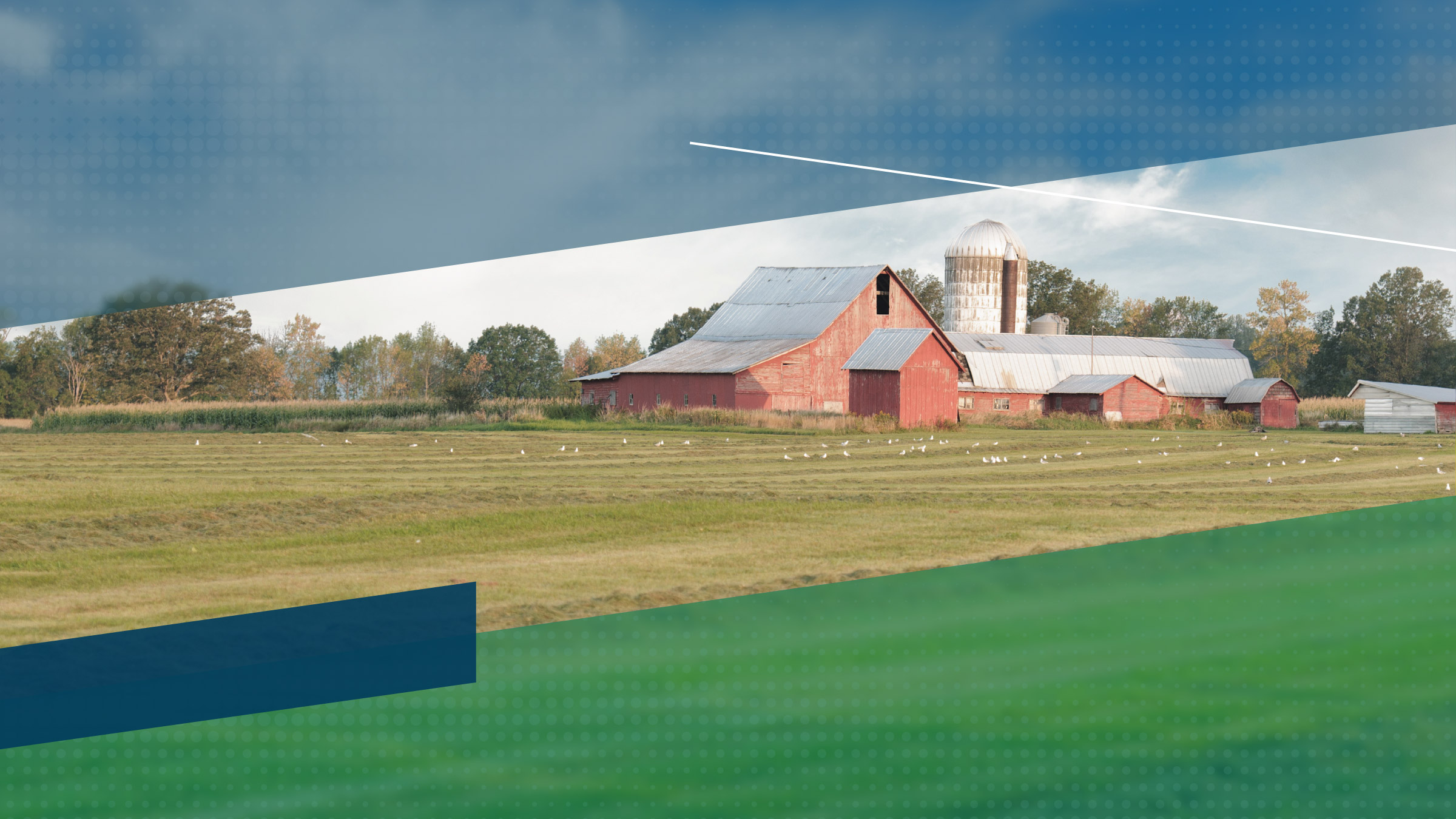Bankers across the Ninth District are surveyed each quarter about agricultural market conditions. The Minneapolis Fed’s agricultural credit conditions survey covers farmland prices, credit conditions, and interest rates and allows respondents to comment about agricultural conditions in their lending area.
Comments collected in Minneapolis Fed surveys are an important resource for further understanding the agricultural conditions in the Ninth District. Supplementing these comments with supporting data provides us with key insights into the region’s agricultural economy. In this case, adding context to survey comments helped us understand how producers in the district were impacted by government support, increasing commodity prices and production costs, and worsening drought conditions.
How government support affected farmers’ bottom lines
The impact of government support on farmer financials was substantial, and this is one of the top themes reflected in bankers’ survey comments. Most comments regarding government support made a connection to otherwise weak producer financials. In several cases, bankers mentioned that the government support was critical to the solvency of some farm operations.
Ninth District producer financials greatly improved in 2020 following an influx of government support. The solid gold line in Chart 1 shows the percentage of net farm income (NFI) coming from government support since 2010. Government support provided most of the net farm income in 2018–2020, boosting 2020 net farm income well above the 2010–2020 net farm income average (dotted gold line). The 2020 average net farm income was more than double the previous year’s income and double the 2010–2020 average net farm income ($91,000).
Commodity prices and production costs
Since the first quarter of 2020, volatility in commodity prices and increases in production costs put a strain on producer financials. Chart 2 illustrates the changes in the U.S. Department of Agriculture (USDA) Prices Received and Prices Paid Indexes.1
Due to uncertainties at the start of the COVID-19 pandemic, the Prices Received Index dropped 11 percent from March to April 2020, the lowest index value since 2016. This is a concern for producers because it directly decreases the value of their output. The price declines reversed sharply in the second half of 2020 and into 2021 as the index reached values not seen since 2015. Commodity demand and exports in the second half of 2021 exceeded expectations, boosting commodity prices and farm income.
But supply chain disruptions coupled with increased supplier costs have increased production expenses. The Prices Paid Index increased 7 percent in July 2021 compared with a year earlier. Bankers also noted that cash rents have increased 10 percent as of mid-2021 compared with a year ago. Quickly increasing production costs reduce any profit margin producers gain from the increasing commodity prices.
Drought conditions and production issues
Drought concerns were a prominent theme in survey comments. Bankers in North Dakota began commenting on drought conditions as early as June 2020. Shortly after, bankers in other states started to highlight limited rainfall and abnormally dry conditions. By the June 2021 survey, almost 60 percent of bankers’ comments were about limited moisture and ongoing drought concerns in their market area.
Consistent with our banker survey, Chart 3 shows the progression and severity of the drought in the district from June 2020 to mid-August 2021.2 These drought conditions are of concern, and we expect that bankers will continue to discuss the impacts of drought conditions in future surveys.
Endnotes
1 The Prices Received Index is a broad measure of prices received by producers for most crop and livestock commodities produced and sold in the district. The Prices Paid Index represents the average costs of inputs purchased by farmers and ranchers to produce agricultural commodities. The USDA’s National Agricultural Statistics Service conducts monthly and annual surveys and collects additional information to estimate the prices producers receive for crop and livestock commodities. The NASS conducts surveys in every state. For more information, visit the NASS Prices Survey page.
2 The Ninth District includes Montana, North Dakota, South Dakota, Minnesota, the Upper Peninsula of Michigan, and 26 counties in northwestern Wisconsin.






